-
Welcome to Tundras.com!
You are currently viewing as a guest! To get full-access, you need to register for a FREE account.
As a registered member, you’ll be able to:- Participate in all Tundra discussion topics
- Transfer over your build thread from a different forum to this one
- Communicate privately with other Tundra owners from around the world
- Post your own photos in our Members Gallery
- Access all special features of the site
General Turbocharger Thread (formerly "Turbo Charging A Tundra!")
Discussion in '2.5 Gen Builds (2014-2021)' started by bflooks, Nov 15, 2022.
Page 1 of 88
Page 1 of 88


 Texoma needs all the chrome
Texoma needs all the chrome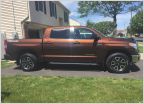 It’s not a build, if it’s just a bunch of “mods”right?!
It’s not a build, if it’s just a bunch of “mods”right?!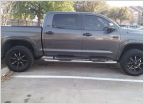 BIG Easy BUILD
BIG Easy BUILD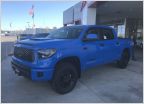 Blue Thunder Build
Blue Thunder Build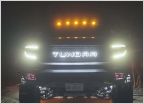 War Rig
War Rig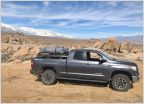 PBColt's build thread
PBColt's build thread























